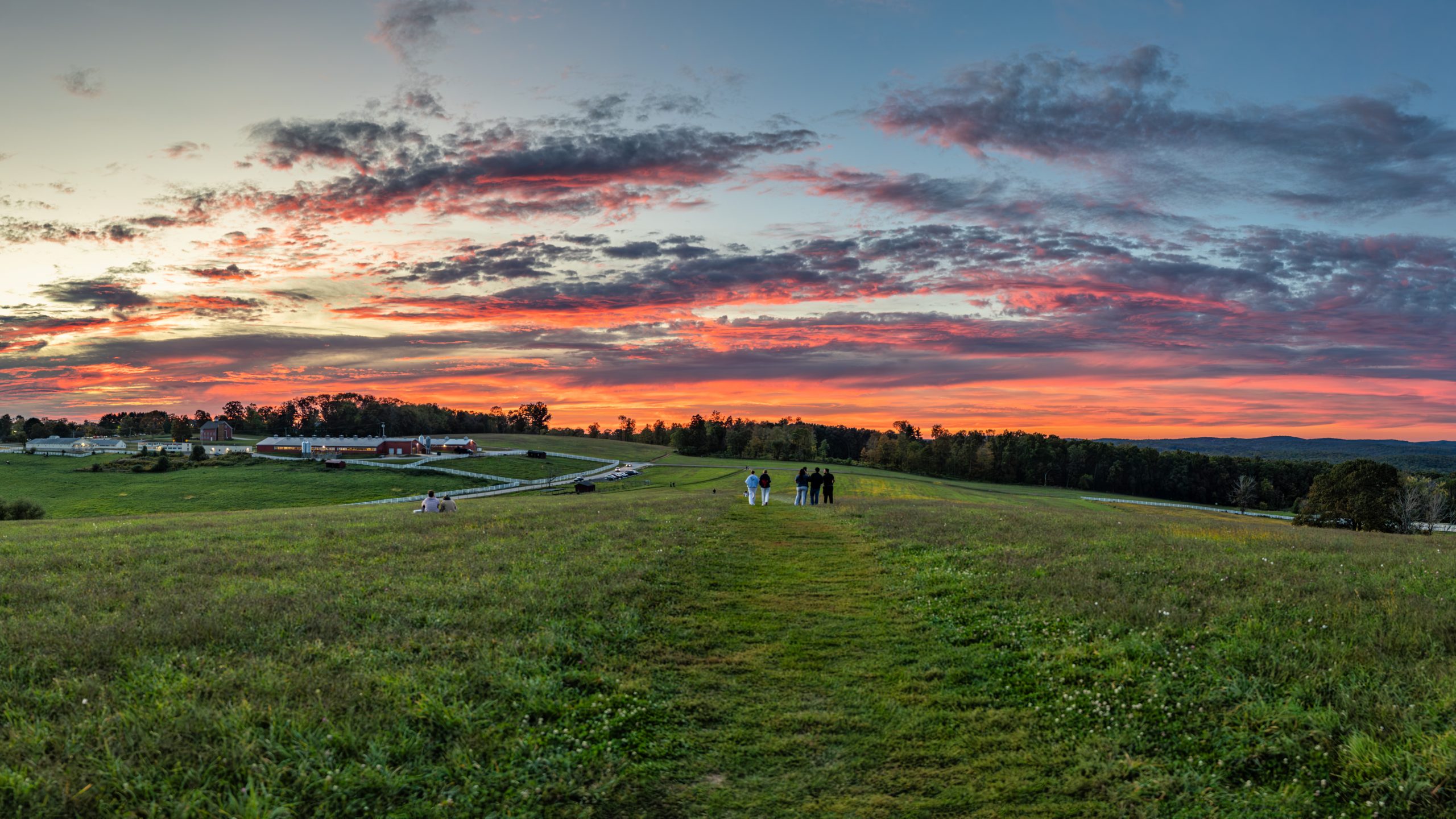
Welcome to CAHNR
Home to the iconic Horsebarn Hill, the College of Agriculture, Health and Natural Resources (CAHNR) is a hub for discovery and the creation of knowledge. As UConn’s oldest and one of its most academically diverse colleges, CAHNR is known for its real-world impact – solving challenges through research, teaching, and extension engagement.
Our Mission
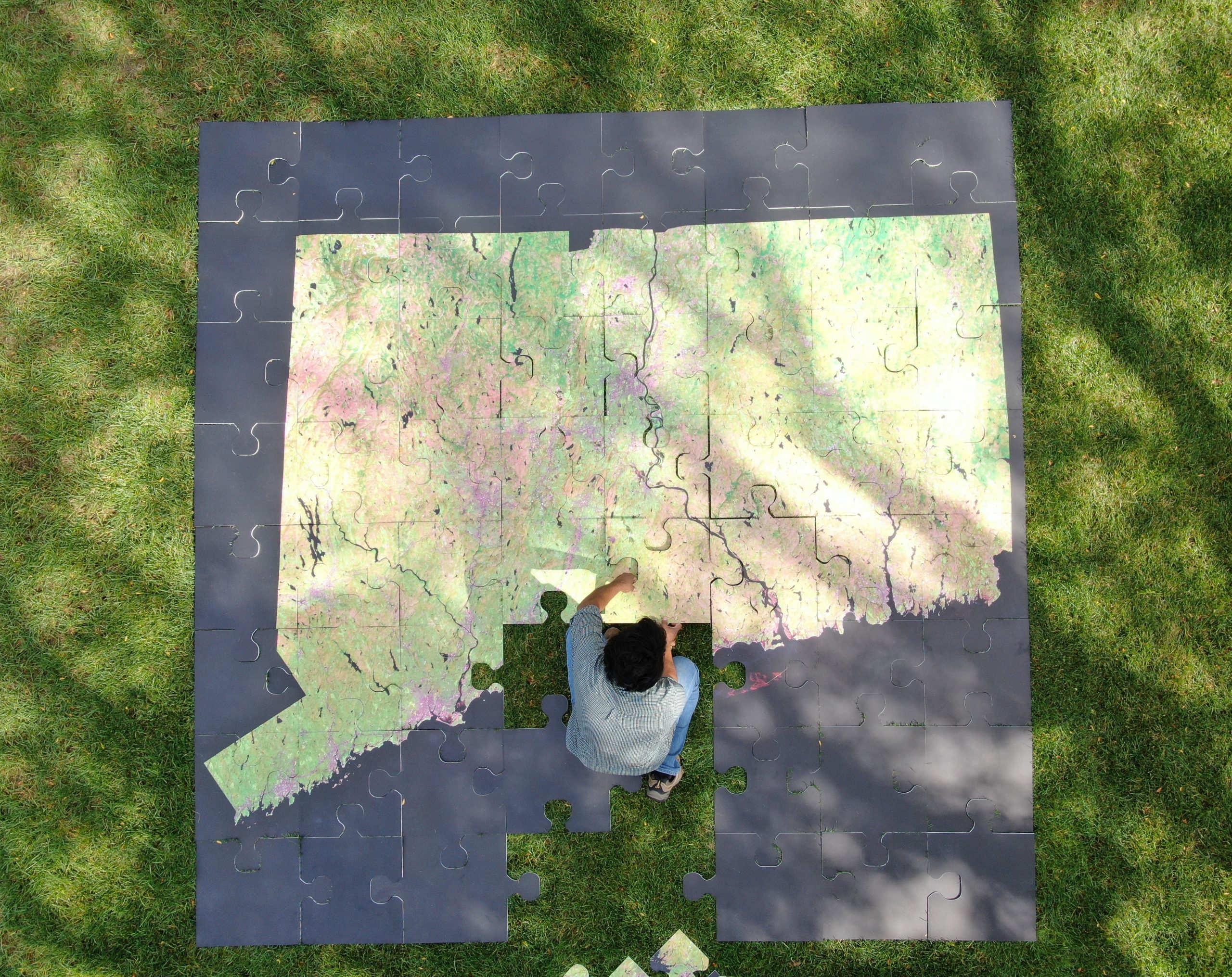
Our Impact
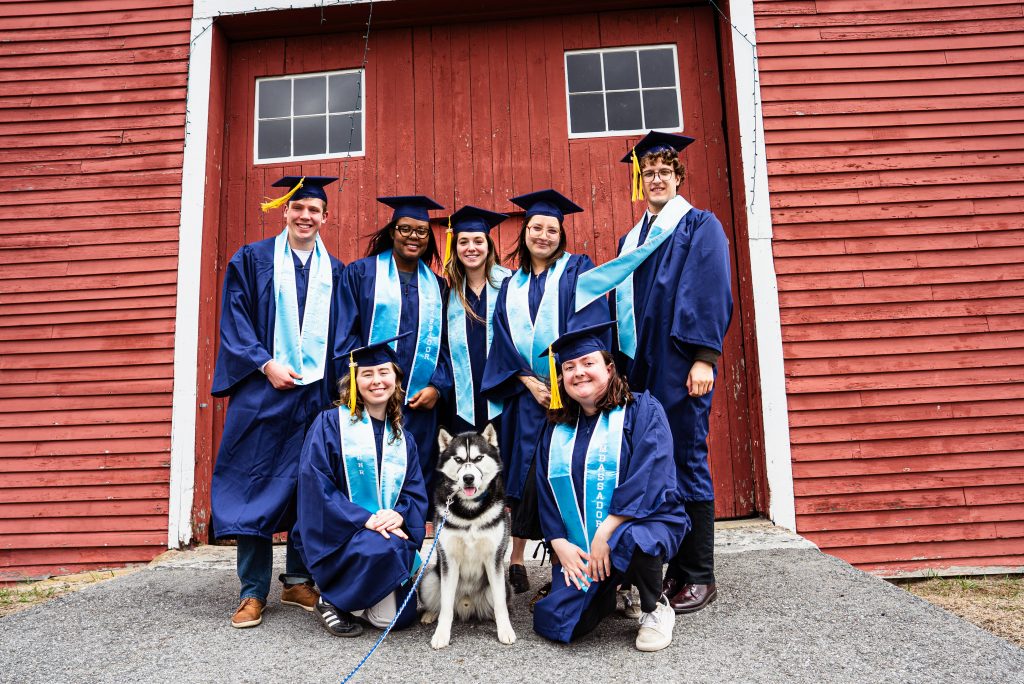
Academic Programs
CAHNR delivers nationally recognized academic excellence while championing UConn’s Students First commitment. Through innovative programs, dedicated faculty, and transformative learning opportunities, we prepare students to thrive as leaders in a changing world.

Bachelor of Science
Gain a strong foundation in agriculture, health, and natural resources with hands-on learning that prepares you for impactful careers or advanced study.
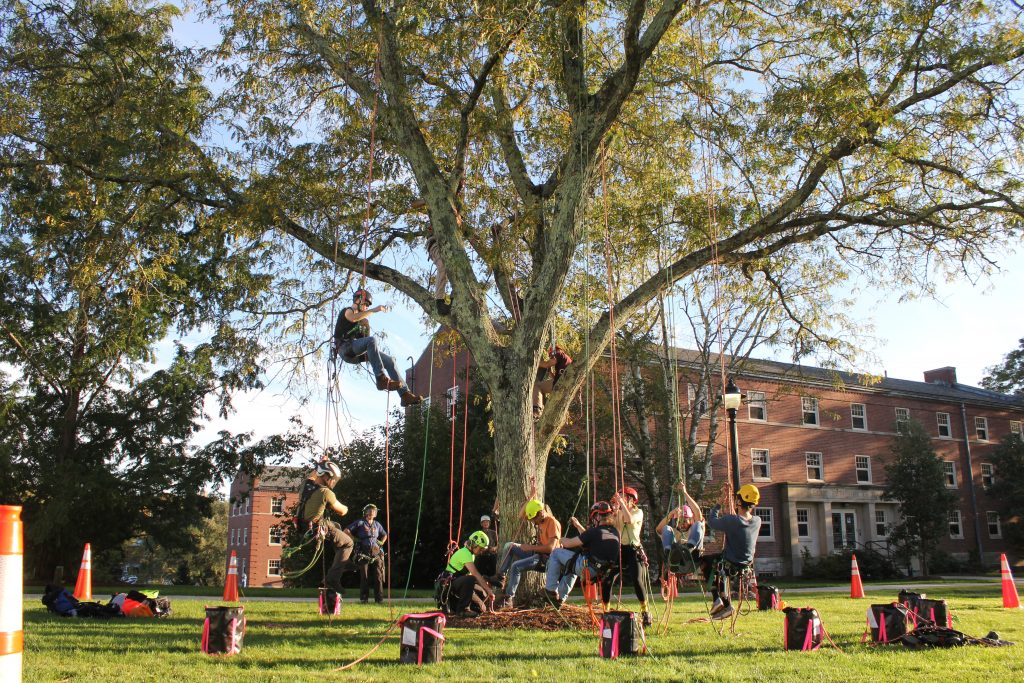
Associate of Applied Science
Complete your degree in just two years at the Ratcliffe Hicks School of Agriculture, with pathways to fulfilling careers or seamless transfer into a four-year program.
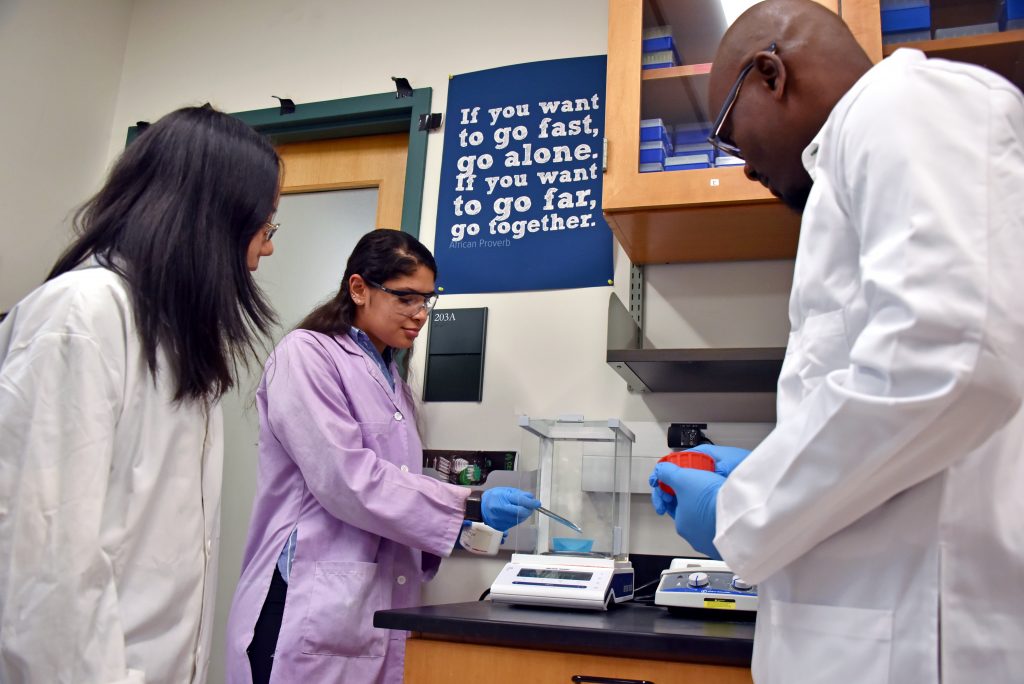
Graduate Studies
Advance your expertise with master’s, doctoral, and professional programs, including the Doctor of Physical Therapy, designed to propel you into leadership and research roles.
Join the CAHNR Community
Whether you’re passionate about sustainability, health, food systems, or the environment, CAHNR offers hands-on learning, cutting-edge research, and real-world impact. Join a community of changemakers and prepare to lead in fields that matter.
